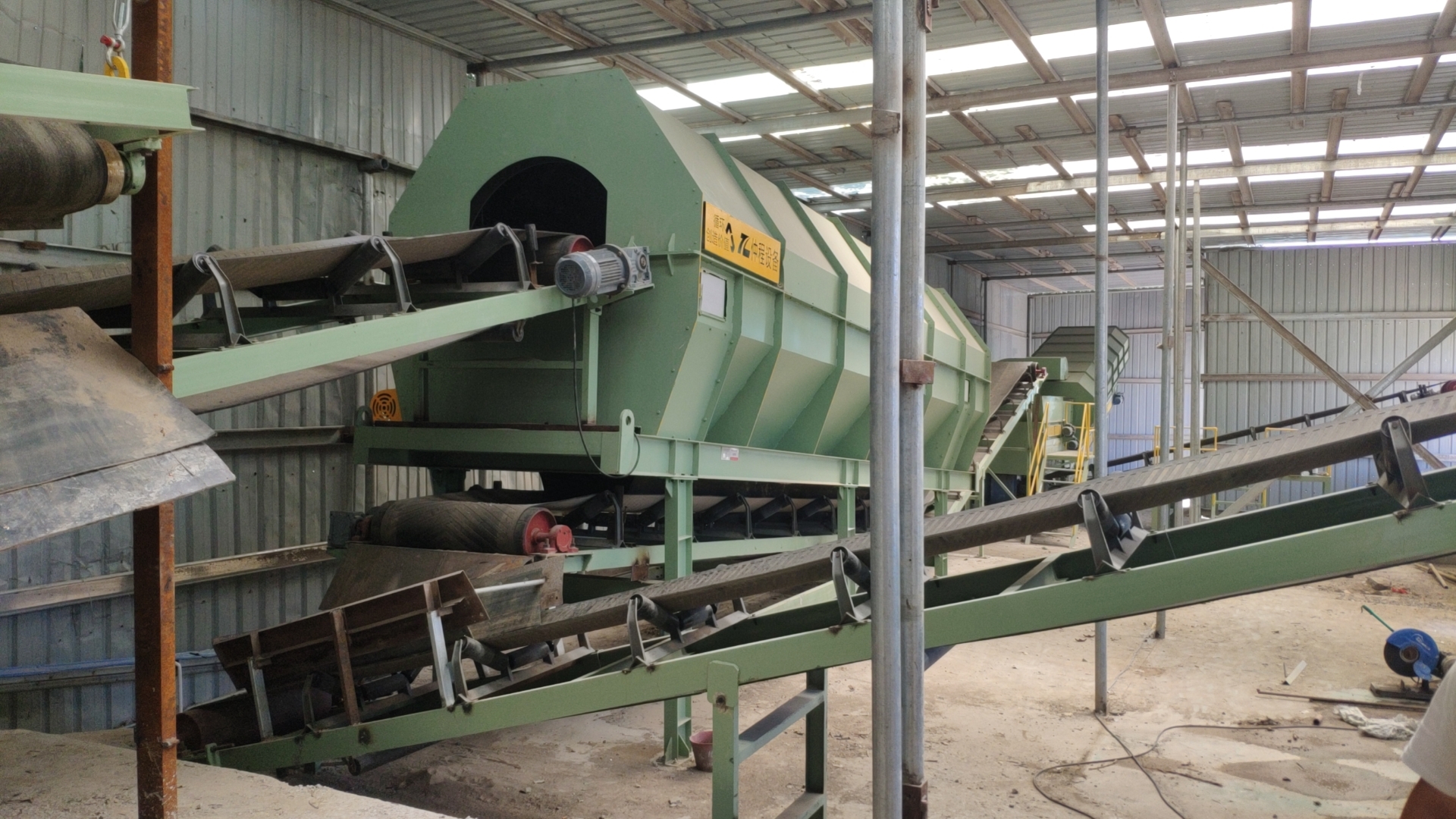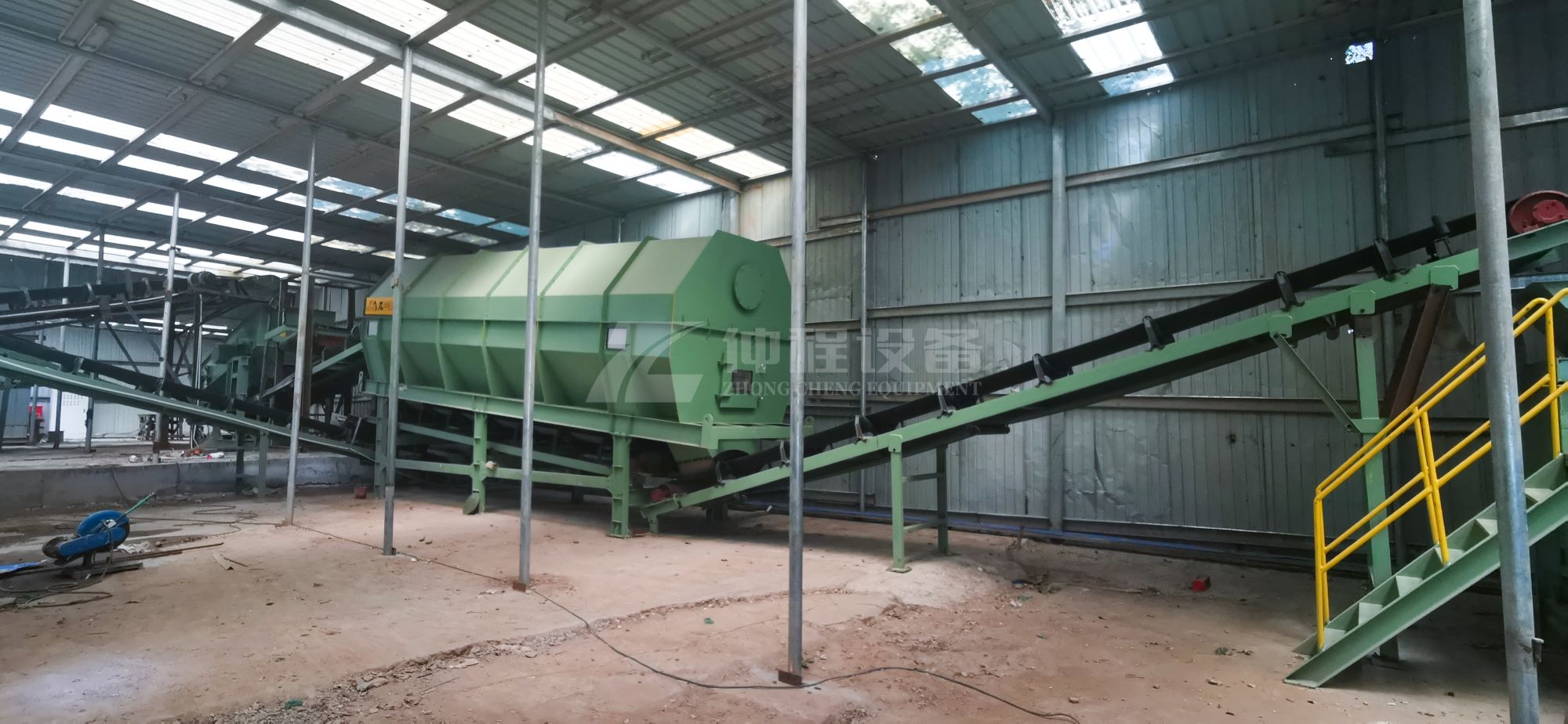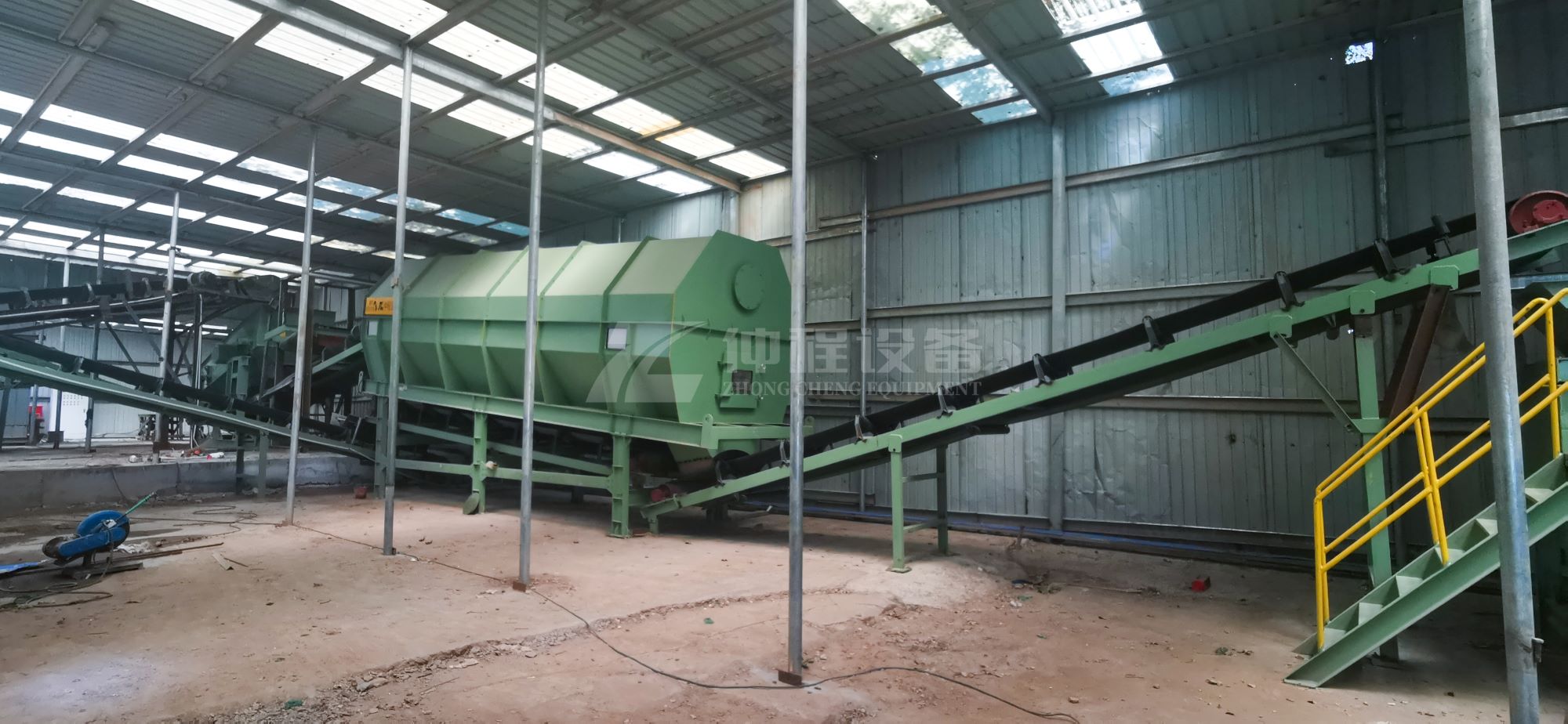The Role of the Drum Screen in Waste Collection and Sorting
In the complex process of waste management, efficient sorting and collection methods are crucial to minimizing environmental impact and maximizing the recovery of valuable materials. Among the various tools employed in this process, the drum screen stands out as a vital component, especially in the context of municipal waste management. This article will explore the role of the drum screen in waste collection, detailing its operation, advantages, and its contribution to modern waste management practices.
Understanding the Drum Screen
A drum screen, also known as a trommel screen, is a cylindrical machine that is used to separate materials based on size. It consists of a rotating drum with perforated screens through which smaller materials pass while larger items are retained and eventually discharged. The drum screen is typically inclined, allowing gravity to assist in moving the materials through the screen as it rotates. The size of the perforations can vary depending on the specific application, making the drum screen a versatile tool in waste management.

The Functionality of Drum Screens in Waste Collection
In the context of waste collection, drum screens play a critical role in the initial sorting process. When waste is collected, it often contains a mixture of various materials, including organic waste, recyclables, and non-recyclable items. Sorting these materials at an early stage is essential to ensure that each type of waste is processed appropriately. This is where the drum screen comes into play.
Initial Size-Based Separation: The primary function of the drum screen in waste collection is to perform a size-based separation of materials. As the collected waste enters the drum screen, the rotation of the drum helps to spread out the waste, allowing smaller particles to fall through the perforations. This initial separation is crucial because it enables the segregation of fine materials such as soil, glass shards, and small organic matter from larger items like plastic bottles, metal cans, and cardboard.
Facilitating Further Sorting: Once the waste has been separated by size, it can be directed to different processing lines. For example, the finer materials that pass through the screen can be sent to a composting facility or used for energy recovery, while the larger items can be further sorted manually or mechanically into recyclables and non-recyclables. This step significantly reduces the volume of waste that needs to be manually sorted, improving efficiency and reducing the overall cost of waste processing.
Improving Resource Recovery: By accurately separating waste materials based on size, drum screens enhance the efficiency of resource recovery. Recyclable materials such as metals, plastics, and glass can be more easily identified and extracted when the waste stream has been pre-sorted by a drum screen. This not only increases the quantity of materials recovered but also improves the quality of the recyclables, as contaminants are reduced early in the sorting process.

Advantages of Drum Screens in Waste Management
Drum screens offer several advantages that make them an integral part of modern waste collection systems:
Efficiency and Throughput: Drum screens are capable of processing large volumes of waste in a relatively short amount of time. Their continuous operation and simple mechanical design make them highly efficient, allowing waste collection facilities to handle significant quantities of waste without bottlenecks.
Versatility: Drum screens can be adapted to different waste streams by adjusting the size of the perforations and the speed of rotation. This versatility makes them suitable for a wide range of applications, from municipal solid waste to construction and demolition debris.
Low Maintenance: The design of drum screens is relatively simple, with few moving parts. This simplicity translates to lower maintenance requirements and longer operational life compared to more complex sorting machinery. Additionally, drum screens are less prone to clogging or jamming, making them reliable even when processing mixed or wet waste.
Cost-Effectiveness: The initial investment in a drum screen is generally lower than that of other types of screening equipment. Furthermore, the reduced need for manual sorting and the increased recovery of valuable materials contribute to lower operational costs in the long run.
The Role of Drum Screens in Sustainable Waste Management
In the broader context of sustainable waste management, drum screens play a crucial role in reducing the environmental impact of waste disposal. By facilitating the separation and recovery of recyclable materials, they help to minimize the amount of waste that ends up in landfills. This, in turn, reduces greenhouse gas emissions associated with landfill decomposition and conserves natural resources by enabling the reuse of materials.
Moreover, drum screens contribute to the production of higher-quality compost and alternative fuels from organic waste, supporting the circular economy and reducing dependence on fossil fuels. As waste management practices continue to evolve, the importance of efficient sorting and resource recovery will only increase, making drum screens an essential tool for achieving sustainability goals.

Conclusion
The drum screen is a pivotal component in the waste collection and sorting process, offering a range of benefits that enhance the efficiency and effectiveness of waste management systems. Its ability to perform rapid and accurate size-based separation of materials makes it invaluable in the initial stages of waste processing. As the demand for sustainable waste management solutions grows, the role of drum screens will remain critical in ensuring that waste is managed in an environmentally responsible and economically viable manner. Through their contribution to resource recovery and waste reduction, drum screens are helping to pave the way for a more sustainable future.
-
 Trommel screenTrommel screen, also known as drum screens, are widely used in various industries for sorting and separating materials.Get Quote
Trommel screenTrommel screen, also known as drum screens, are widely used in various industries for sorting and separating materials.Get Quote -
 Crop straw double shaft shreddApplications:Biomass Energy Production: Shredded straw can be used as a feedstock for bioenergy plants to produce electricity or heat.Livestock Feed: Reduced-si...Get Quote
Crop straw double shaft shreddApplications:Biomass Energy Production: Shredded straw can be used as a feedstock for bioenergy plants to produce electricity or heat.Livestock Feed: Reduced-si...Get Quote -
 Zhongcheng Air Drum SeparatorAir drum separators effectively separate lightweight materials (e.g., plastics, paper) from heavier materials (e.g., metals, glass). This high efficiency is cru...Get Quote
Zhongcheng Air Drum SeparatorAir drum separators effectively separate lightweight materials (e.g., plastics, paper) from heavier materials (e.g., metals, glass). This high efficiency is cru...Get Quote
-
2024-05-29Landfill stale garbage screening projectAfter communicating with our domestic customers in Shandong Province, we learned that he needed to dispose of the garbage in the landfill through excavation, sc...
-
2023-01-11Trommel screenTrommel screen, also known as drum screens, are widely used in various industries for sorting and separating materials.
-
2023-01-12Waste FeederWaste feeder was specially designed to optimize municipal solid waste sorting systems. The Drum Feeder ensures that your sorting system, baler or shredder has a...
-
2023-01-12Double-Shaft ShredderThe Double-shaft shredder is a widely used industrial shredder that efficiently processes various mixed waste materials, such as construction waste, industrial ...
-
2023-01-13Bag OpenerBag opener or bag opener system is a mechanical device used to automatically open and empty bags containing bulk materials. This system is commonly used in indu...



